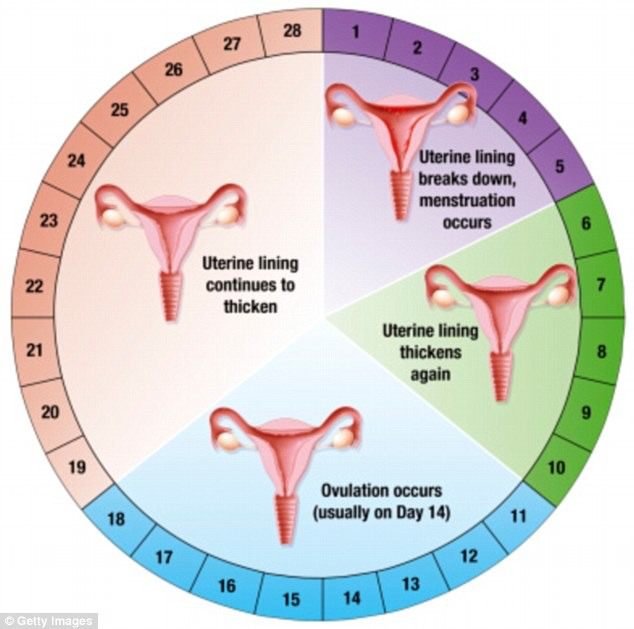Oh the joys of having a female reproductive system, am I right? With a fully functioning, uninhibited reproductive system, females have the joy of menstruating every month. So, what happens? What does it all mean? And what role do our hormones have on our cycle?
The female menstrual cycle begins with the start of menstruation and ends when the next cycle begins. The whole menstrual cycle can last from 24 to 38 days. This can be dependent from person to person as well as where you are in your life cycle (i.e. first menstrual cycle vs peri-menopausal).
The menstrual cycle has three phases: follicular, ovulatory, and luteal.
Below is a description of a menstrual cycle based on a 28-day period.

Day 1 of our cycle is the first day of menstruation. This first day of our cycle is the beloved signal that our uterine lining is beginning to shed, where spots may show up in our underwear or on toilet paper after wiping.
The typical length of a menstrual cycle is 4-8 days. From day 1 of our cycle until ovulation, we remain in the follicular phase. During this phase, our estrogen levels rise as our body prepares to release an egg.
Once menstruation (bleeding) is done, we begin building back up the lining of our uterus. Estrogen levels continue rising and will peak around days 12-14.
Day 14: The peak of our estrogen levels trigger the lutenizing hormone (LH) to be released and we begin the ovulatory phase.
Just before ovulation (about 5 days), another hormone makes its appearance. Testosterone is secreted by the ovaries and adrenal glands to help boost our libido to seek out a partner and makes the odds a little higher to successfully conceive.
Ovulation stimulates the release of an egg. An egg will only survive about 24 hours, while sperm survive 3-5 days. If the egg is fertilized by sperm, it will implant itself to your endometrium lining; if not, it slowly dissolves and will pass out of the body with your uterine lining during your next period.
It’s also good to note, that women are only fertile 5-6 days out of the entire month – that’s a small window to conceive!
|
Women are only fertile 5-6 days out of the whole month! |
Days 15-28: Progesterone is the predominant hormone during the latter part of your cycle. This is known as the luteal phase where progesterone usually peaks around day 21. As progesterone levels rise, they will continue to do so if you’ve successfully had sperm meet one of your eggs. If they fall, this triggers your period and the whole cycle begins again.
The Role of Hormones
As you may have noticed, hormones dictate every step in our cycle. Let’s dive a little deeper into the roles of our hormones.

Estrogen: produced by your ovaries and dominant in the first half of your cycle. Estrogen plays a key role in building up the lining of your uterus. If you tend to produce too much estrogen, this lining becomes much thicker and therefore, your periods can be of a heavier flow, and more painful. Too much estrogen can also lead to endometrial tissue growing outside the uterine lining (endometrium) as occurs in endometriosis.
Progesterone is the “feel good” hormone, where it helps keep you calm and in love with life. Progesterone is more dominant in the second half of your cycle. If you don’t produce enough progesterone, most women tend to feel more on edge, anxious, irritable, and even have trouble sleeping.
Testosterone is the hormone produced by your ovaries and adrenal glands. And yes, women DO produce testosterone, but in slightly lower amounts than our male counterparts. Testosterone will begin rising about 5 days before ovulation to increase your libido. Sperm can survive for 3-5 days, with its main goal to fertilize an egg.
Hormones are a tricky business and they have such an impact on our whole body function. The roles of hormones we discussed in this blog post is only scratching the surface in regards to hormones and the reproductive system; there are many other hormones circulating throughout our body and if one hormone is out of whack, systems within our whole body can be affected.
In the next blog post, we will discuss natural options for balancing out hormones and helping support hormone levels throughout your cycle.
[*Disclaimer: this blog post is based on a two-gendered identification system – female and male. We respect and recognize a multi-gendered system, however in regards to this topic, we have decided to focus on predominantly female hormones and female reproductive system.]

